DENTAL FLOSSING
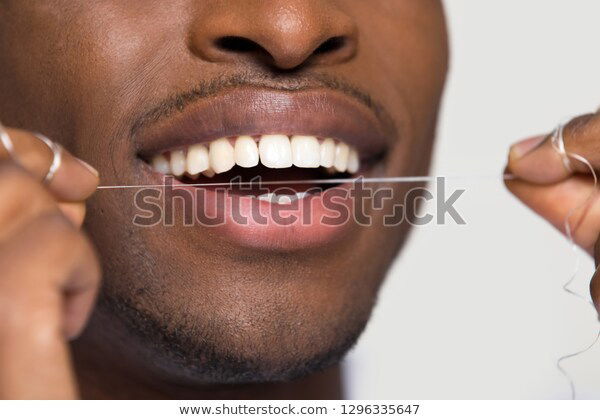
We will be talking about dental flossing. Most people know what dental flossing is all about, while to some people it is a normal routine. Some persons have never tried doing it for once because they think it only ends at brushing their teeth. Which of these category of people do you belong?
What is a Dental Floss? Dental floss is a cord like thin filament that is used on the interproximal surfaces of the teeth .
What is Dental Flossing? Dental Flossing is the action of using a dental floss to remove debris and food particles on the interproximal surfaces( between the teeth) of the teeth where toothbrush is unable to reach.
Why should you floss daily?
This is just like asking why you should brush your teeth daily. It is advisable to use interdental brushes after using your normal toothbrush as this should be part of your daily routine. But come to think of it, some people have little or tiny interdental surfaces to use interdental brushes. So, dental floss is used as an alternative. Some people might hate to floss but you should know that;
- Flossing helps to preserve healthy and aesthetics of your smile.
- Flossing does almost 40% of the work required to remove sticky bacteria or plaque from your teeth.
- Flossing helps to prevent caries(tooth decay) from occurring on the interproximal surfaces of the teeth.
- Flossing helps to prevent the occurrence of gingivitis(inflammation of the gum) due to accumulation of plaque on the gum.
- Flossing helps to prevent halitosis.
Dental flossing technique
For those that already use dental floss, I know you are flossing great but you need to do it by using the right technique in order to effectively remove plaque and debris from the interdental surfaces. And for those that are yet to learn how to use the dental floss, this is the right technique to use. Most importantly, please ensure to wash your hands properly as you will be putting your fingers inside your mouth.

- Break off about 18-24inches of your dental floss. Wind some part around both of your middle finger. Leave around 1-2inches for your teeth.
- Now you hold the floss taut with your thumbs and index fingers.
- Place the dental floss in-between two teeth and gently move up and down, rubbing it against both sides of each teeth. You have to be very careful not to glide the floss into your gum as it can bruise your gum.
- Curve the floss at the base of the teeth to form a C shape as it reaches your gum and your teeth.
- Repeat the step until you have done it on each tooth. And make sure you use a new floss for each tooth.
How to floss with braces on
Are you thinking because you have braces on your teeth that you won't floss? Some people who wear braces thinks such. But I want you to know that you can still floss while having your braces on. This is the right way to floss with braces on;
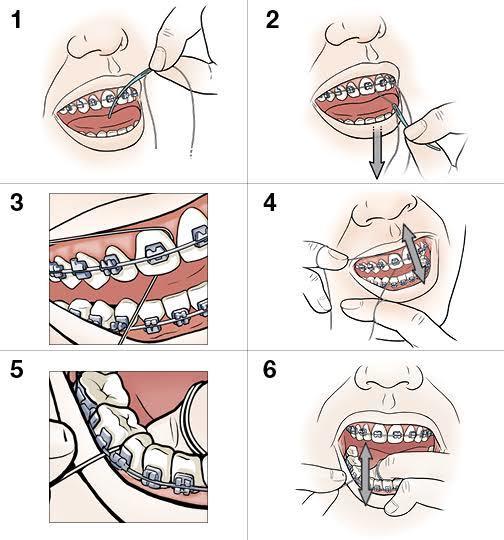
- Break off 18-24inches of your floss
- Thread and floss between the main wire and your teeth while standing in front of a mirror to watch if the floss is going where it ought to.
- wind the floss around your index finger so as to make the flossing easier.
- Gently press the floss between two teeth and slide up and down rubbing it against both sides of each tooth.
- Gently remove the floss and unthread it from behind the wire.
- Repeat these steps until you have flossed all your teeth. And make sure to use a new floss for each tooth.
Types of dental floss
There are different types of dental floss available, they include;
- Waxed floss:- This is made of standard nylon with a light wax coating. It is thicker than unwaxed floss, It may have mint or cinnamon flavor, This wax makes it easier to slide between the teeth and it does not break during use.

- Unwaxed floss:- This is made of thin nylon, it has no flavor, it tilts into tight spaces, it's non-stop grip makes it easier to hold. This is a good option for people with tiny or closed interdental surfaces. It can break easily during use.
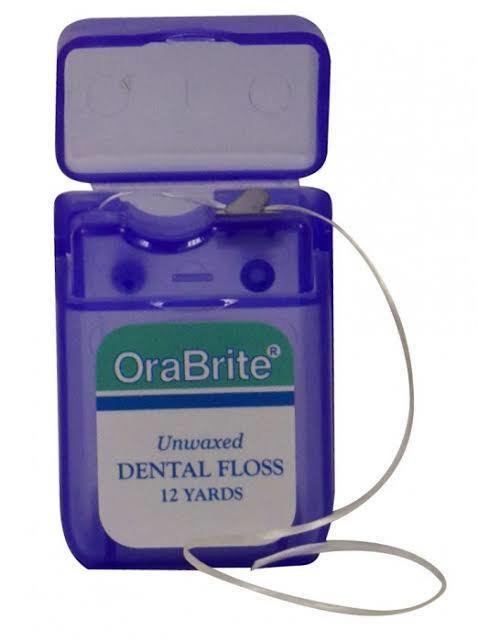
- Dental tape:- It is thicker and flatter than regular floss. It can come as waxed or unwaxed. It is good for people with bigger interdental surfaces. It cannot be used by people with clouded teeth

- Super floss:- It is pre-threaded and it comes in pre-cut segment. It has a stiff end, it is a good option for people wearing bridges, braces and implants.
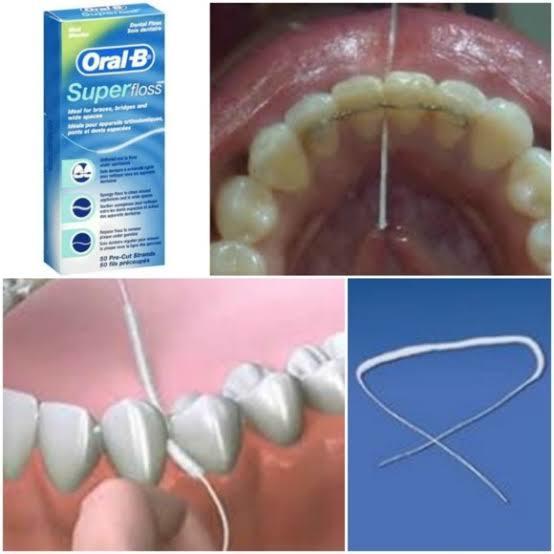
- Water flosser:- It is a device that shoots a thin stream of water between your teeth. it is easy to use and a good option for those with any dental work where it is difficult to use regular floss.
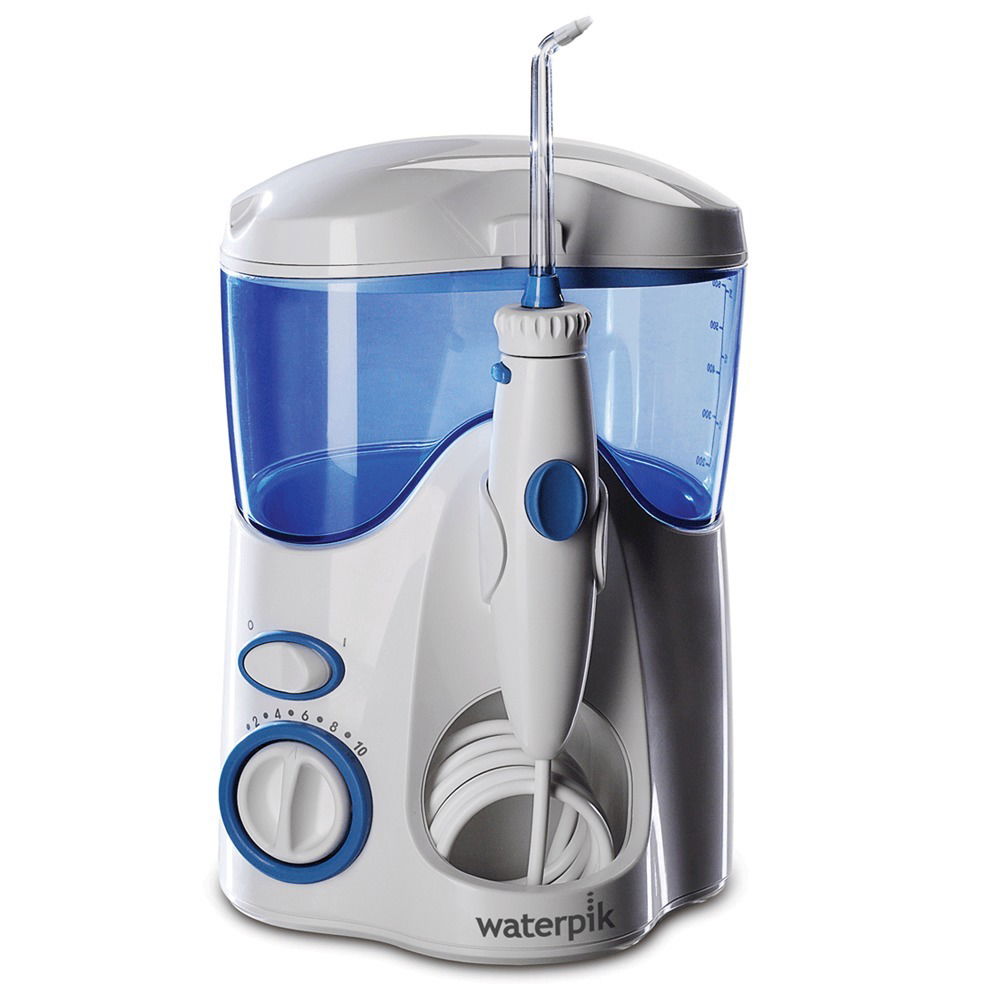
When is the right time to floss?
This is the question most people ask their dentist after been advised to floss. The right time to floss is before brushing your teeth. You know why? This is because after flossing, the debris and plaque you removed remains in your mouth until when next you brush your teeth, and so you should brush your teeth after flossing so that the brushing action removes the debris and plaque in your mouth and you will have a lower risk of developing gum disease, bad breath or caries.
Dental floss over toothpicks
Most people confuse themselves when it comes to toothpicks and dental floss. They believe both are same, but that is not true as both are different. Toothpicks are used to remove food debris that is between the teeth. They do not remove plaque and it causes damage to the gum when used improperly since it is pointed. People prefer to use toothpicks because it is cheap, readily available, convenient, and handy. Do not use toothpicks as a substitute for dental floss or toothbrush and do not consider it as a tool for dental cleaning. Make flossing your daily routine to maintain a healthy teeth.
